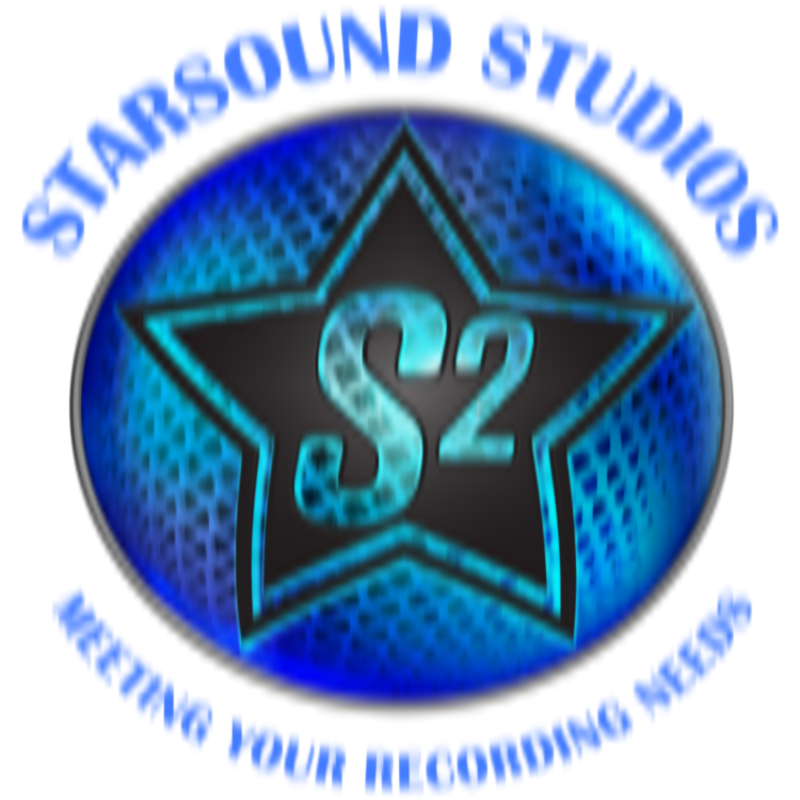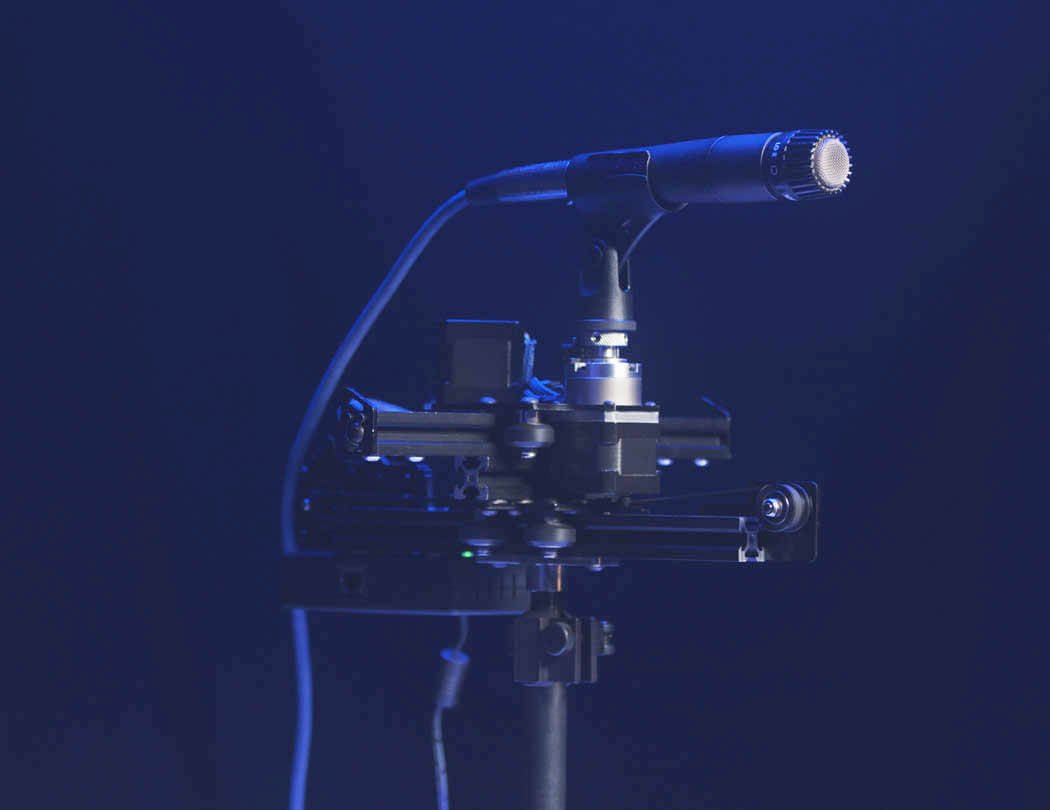Recording Acoustic Guitars At Starsound Studios
How to Record Acoustic Guitars? If you're not going direct, the world of mic placement is your oyster. Place the microphone too close to the soundhole, and you'll get a rich, full-bodied sound thanks to the proximity effect. Move the mic closer to the neck, and you'll capture the guitar's sparkling highs. The closer the microphone gets to the acoustic guitar, the more direct the sound and the less room it will have. Move it farther away, and you'll start to capture the unique room sound. The possibilities are endless, what will you discover?
How To Record Acoustic Guitars? In comes the Dynamount X1-R, a versatile tool designed specifically for mic placement in real-time recording. It will allow you to move the microphone along the sound source in real time while you are in the sweet spot listening to the result. You can save it as a preset and keep experimenting when you find the perfect place. It is ideal for capturing excellent sound and lets you get the best mic positions.
Typically, the microphone is positioned at the twelfth fret to capture the strings and the sound hole for the body sound of the acoustic guitar. The Dynamount, however, offers a unique advantage. Placing it at the twelfth fret and then angling the microphone off-axis towards the sound hole provides a versatile recording solution. This setup allows you to capture the best of both worlds. The Dynamount can also be used to adjust the distance from the acoustic guitar. By moving it back and forth, you can observe how the air space between the guitar and the microphone creates a form of compression. Similarly, moving the Dynamount from side to side can be used as a form of EQ. The best part? These adjustments can be made without the need for additional plugins.
When it comes to recording acoustic guitar in our vocal booth, I usually wait until after the band has finished their recording. In the audition phase, I use the Dynamount as a form of EQ and compression. It's not just a tool, it's a mechanical equalizer and compressor. I move the microphone around the acoustic guitar in real time to determine its sound against the rest of the track without the use of compression or EQ. This process, with the Dynamount at its core, ensures that I'm making informed decisions about the sound of the acoustic guitar.

